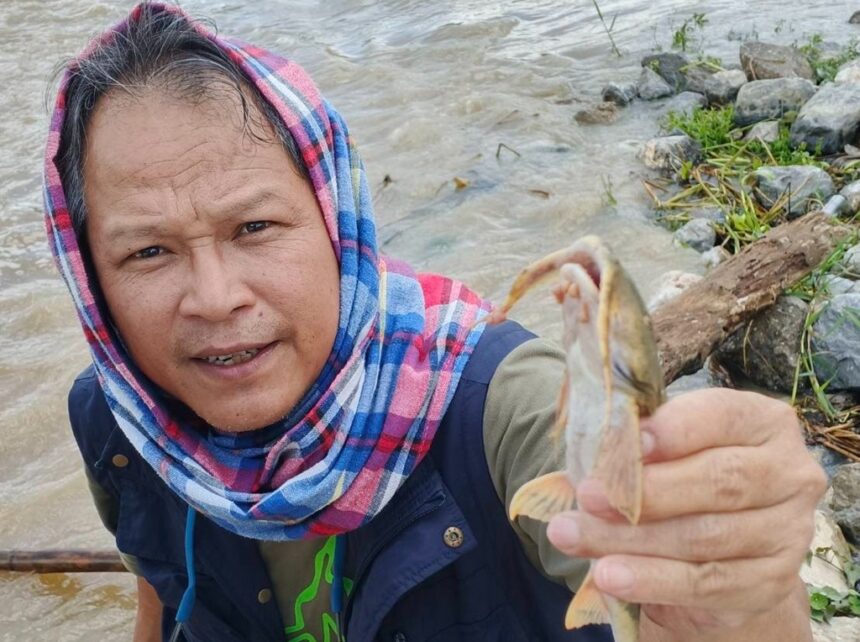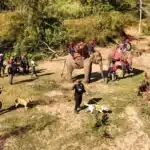CHIANG RAI – On Monday, the Department of Fisheries increased monitoring for pollution in the Sai and Kok Rivers, expanding from 4 to 22 checkpoints. These areas now cover both Chiang Mai and Chiang Rai.
The move follows reports and images of Pla Kae fish with red lumps on their bodies, which raised concerns about possible toxic contamination and food safety.
Thitiporn Laoprasert, Deputy Director-General of the Department of Fisheries, said the extended checks aim to address worries about pollution and its impact on the environment, local fish stocks, and public health. This comes after residents saw red lumps on Pla Kae, leading some to worry about eating fish from local rivers.
Buncha Sukkhaew, the department’s Director-General, ordered stricter monitoring of fish for pollutants in the border rivers. Teams will now monitor 22 locations, especially in high-risk areas, and will check samples every two weeks to keep track of any changes that could affect fish health and consumer safety.
During recent sample collections from the Kok and Mekong rivers in Chiang Rai (14-15 June 2025), the Department of Fisheries gathered fish from six locations. The catch included 28 Pla Kae, as well as several other local species. Most fish appeared healthy, except for two young Pla Kae showing red lumps on their skin.
Microscope checks revealed that these lumps contained many fluke parasites and some transparent leeches on the fins. Around 7 per cent of the Pla Kae caught showed signs of infection, making this species a common host for the flukes found.
Local fishers, experienced in catching fish in these rivers, said that red lumps on Pla Kae have appeared for many years and only show up on smaller fish. Most locals continue to eat fish as usual, though some were worried at first. After learning the facts from the Department of Fisheries, residents feel more confident about eating fish from the rivers.
The Deputy Director-General explained that fish flukes occur naturally and can be killed by cooking fish thoroughly. The Department of Fisheries will keep monitoring the rivers closely. They also plan to work with other agencies to test fish health and check for pollutants. Information will be shared with the public often to help everyone feel safe about eating local fish.















